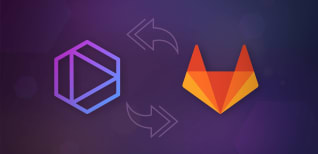Browse articles from Engineering
Recent posts

GitOps with GitLab: Turn a GitLab agent for Kubernetes installation to manage itself
This is the eighth and last article in a series of tutorials on how to do GitOps with GitLab.

How to enhance supply chain security with GitLab and TestifySec
New alliance partner TestifySec makes Witness available in GitLab

Publishing Obsidian.md notes with GitLab Pages
How to publish your Obsidian.md documents to a GitLab Pages site

Installing GitLab on Raspberry Pi 64-bit OS
A Raspberry Pi enthusiast tries to run GitLab on the new 64-bit OS...and here's what happened.

How we share SLIs across engineering departments
The Scalability team engages with the Development department for collaborating on SLIs. The first post in this series explains how we made available information accessible for development groups.

Extract greater efficiency from your CI pipelines
Learn some techniques to find the balance between pipeline performance and resource utilization.

How to protect GitLab-connected SSH key with Yubikey
Add a layer of security to SSH keys by restricting physical access to YubiKey.
Find out which plan works best for your team
Learn about pricingLearn about what GitLab can do for your team
Talk to an expert

